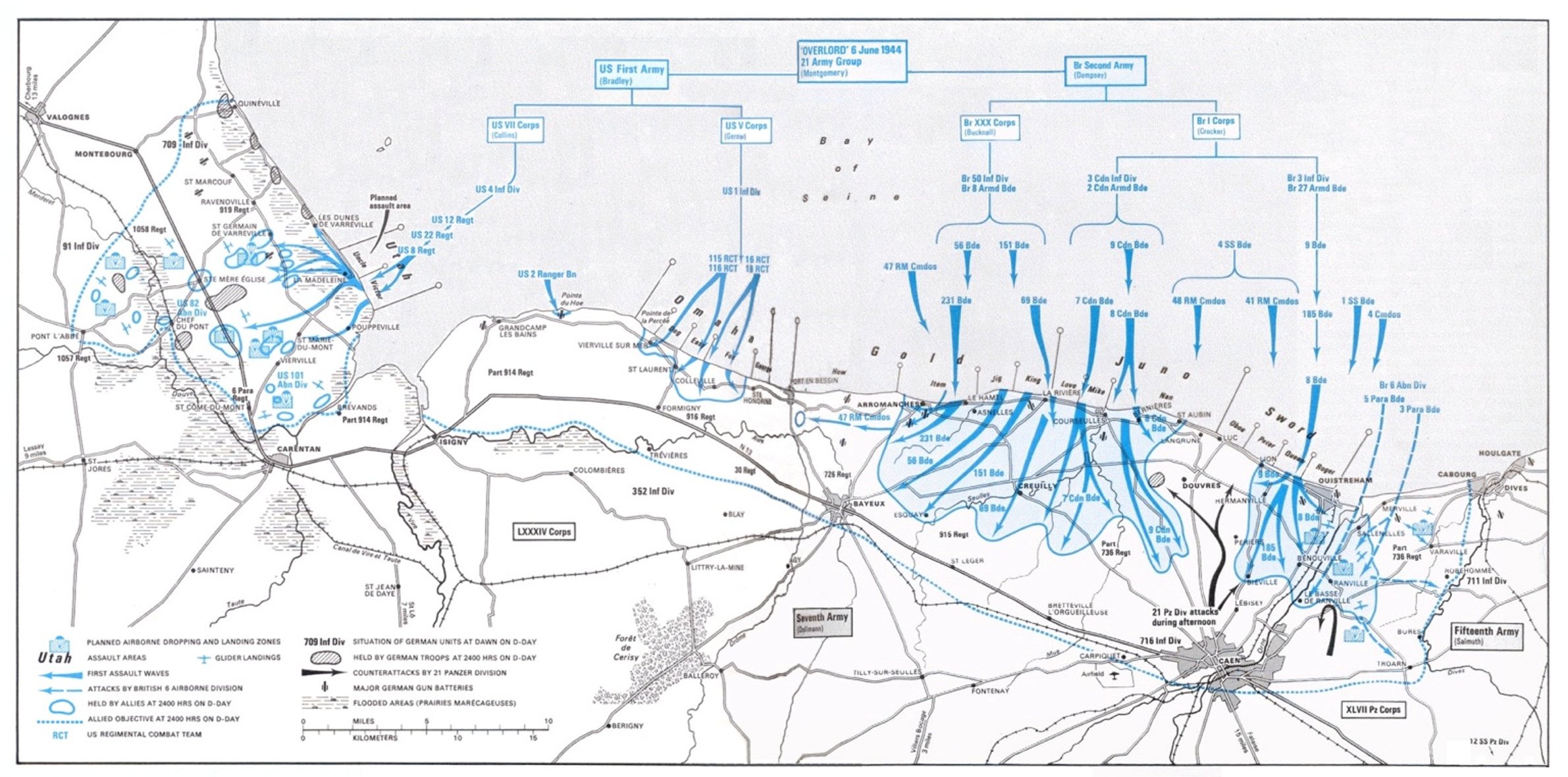RamscoopRaider
Donor
Combination of things, you are setting up a new production line for the M6, so you need to set up lines for all the sub-components that are not being built elsewhere already, in addition by reducing Sherman numbers you reduce the economies of scale its manufacturing gets, so drive up its unit cost and reduce its numbers even more. Then you have resources diverted for heavier LST's, heavier cranes, heavier recovery vehicles, heavier bridging equipment, extra and heavier tank transporters because of the longer routes need to be taken due to greater size, things which get less economies of scale than their middleweight variant, and reduce the economies of scale the middleweights get. You can't really calculate numbers for these things, too many variables, but over 10,000 is a good estimate, I may be conservativeI did a post earlier breaking down what it would take to build 5000 M6s, 10,000 M3/M4/M10-M18 all up, was that wrong? Why does it take over 10,000 40 ton Sherman's to get 5000 55 ton M6s; is it the steel, the guns, the engines?
Why 'several times'? The M6 is about 1/3 more tank than the Sherman, why does it require 3 times the logistical footprint: is it the fuel consumption, the ammo consumption, the spare parts consumption
No doubt it will be more limited, there are 10 Shermans for every 1 M6, but the usefulness is an essentially contested concept. I'd say that heavy tanks battalions at the Corps or Army level would find no shortage of work to do, far beyond the limits of thinking when IOTL it was decided not to pursue that development path.
Combination, extra fuel, extra ammo, supply line for different spare parts, much greater use of spare parts (no way in hell it will be near as reliable as the Sherman) heavier engineering requirements, heavier recovery requirements
By useful I mean they would be doing the same things Shermans did, as well as the Sherman's did. There were very few tasks a Heavy Tank would be better than a Sherman for

